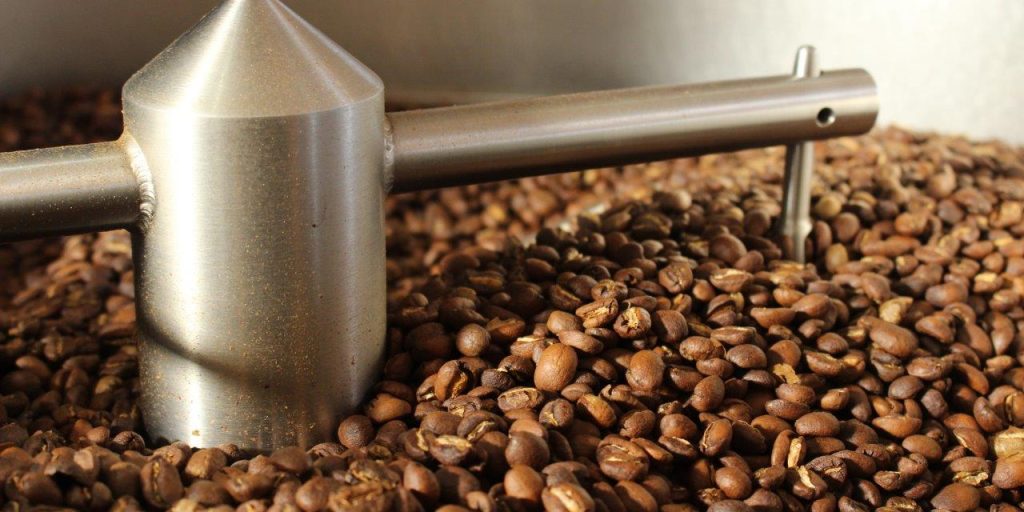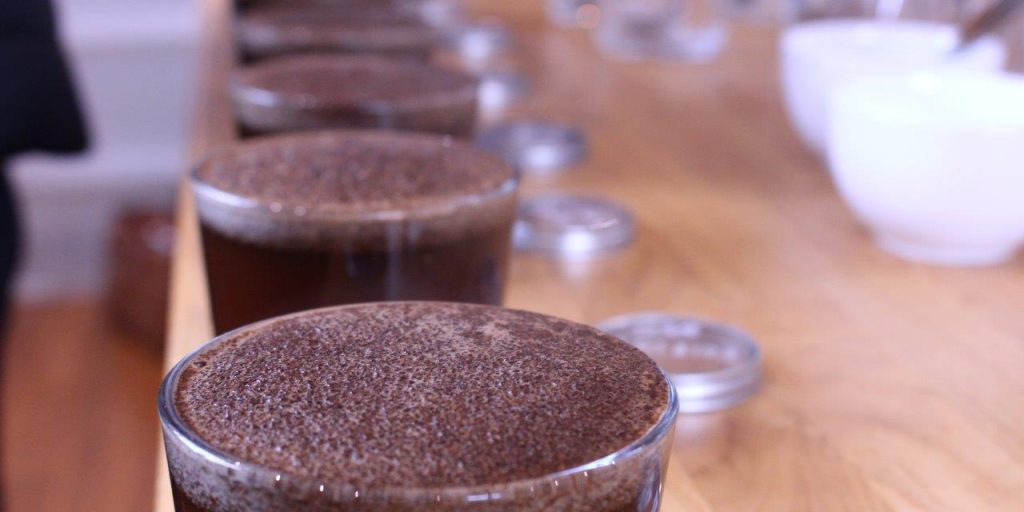
Interview: Dan from Island Roasted
To celebrate five years since we launched our Wight Taste cafes onboard our ships and at our ports, we caught up with Dan Burgess from Island Roasted in our new video.
“We started out in coffee over 20 years ago – just as our wholesale brand, the Isle of Wight Espresso company – primarily importing Italian espresso and Italian espresso machines, Then we got into roasting about 10 years ago and that’s when we bought our first roaster, a little 1 kilo, but nowadays we’ve got a 5 kilo just up here in our profiling roastery at Caffe Isola and then down at the main roastery we’ve got a 12 kilo and a 20 kilo. We’ve recently purchased 120 kilo roaster that we’re restoring to add to the fleet so we now produce around 40 tons of coffee a year.

The blend used with Wightlink is our Mocha blend, which is one of our biggest sellers. It’s a very good coffee for broad appeal, it appeals to a lot of pallets. It’s good in milk, it comes through nicely in Americano, it’s just a good all-rounder. This particular coffee uses coffees from Brazil, El Salvador and India blended together in a nice medium profile just to give you a chocolatey, nutty, full-bodied coffee.
One of the tools we regularly use is cupping. It’s an industry standard procedure, so you can see in our film “production cupping”. Samples taken from every batch we’ve roasted the previous day, or on a Monday it’ll be the batches from Friday, and we’re just checking that they’re consistent. So if we detect an issue that batch can be re-tested and if there’s a definite problem we can pull that batch so it doesn’t get packed.
This same process is also used when we’re buying coffee, so we’ll get samples from various suppliers and we’ll use this type of method to test the coffee to decide if we’re going to buy it. Once we’ve made the decisions on the coffees we’re buying, we bring them up to the production roastery at Caffé Isola and play around with the profiles depending on what we’re going to use a particular coffee for. For example, if we’re trying to produce a new espresso, you know we’ll be looking for different things, different coffees that might work together to produce a balanced espresso. The sort of flavours we’re aiming for in comparison to a single origin, perhaps we’ve picked a nice Ethiopian that we want as a lightly roasted filter coffee, we’ll approach that differently than we would for espresso.

We’re also passionate about sustainability, so our deliveries are made in a completely electric delivery van, but right through to also finding eco-friendly packaging and our reusable cup project. Any angles we can we’ll look at; we’ll look for the most sustainable way of doing it.
We were one of the first brands to come on board with Wight Taste and from our point of view one of the great things – aside from the fact that everyone gets to see our brand with all the footfall that goes through the ferries – is the ongoing working relationship. There’s a constant dialogue between us and the team using our products and training, those sorts of things, it’s just great to have that ongoing relationship.”
You can learn more about Wight Taste and the producers we work with on our blog.
